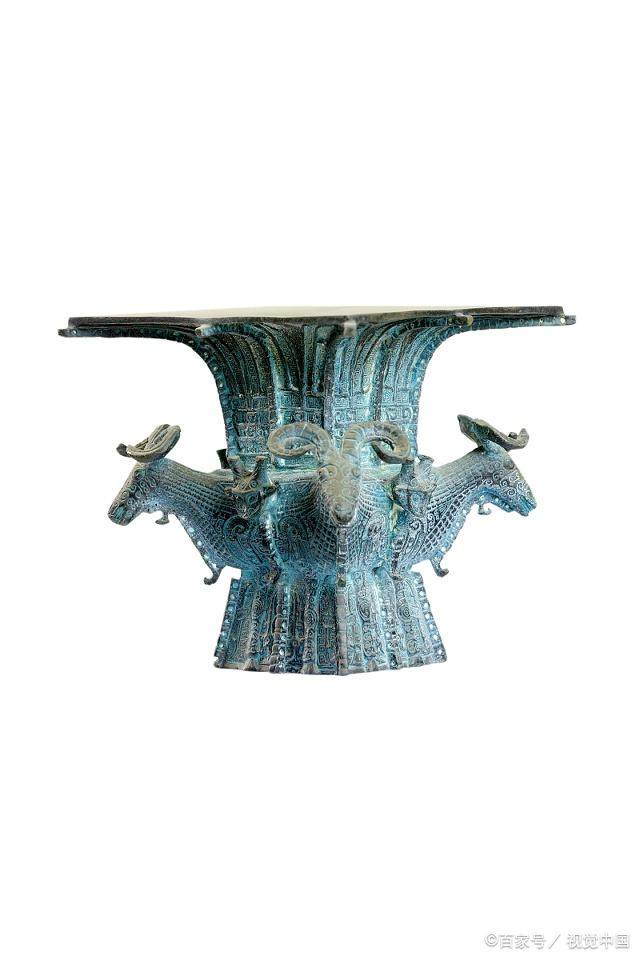

0769-82872718
Bronze was the earliest used in China, dating back 4500-4000 years. China has already begun to extensively use bronze to make utensils. And ushered in the peak period of Chinese bronze culture, which is the Bronze Age of China. The period includes Xia, Shang, Western Zhou, Spring and Autumn, and early Warring States, lasting for about 1600 years, which is the Bronze Age of China's traditional system; The period of transformation refers to the late Warring States period to the Qin and Han dynasties, when bronze ware was gradually replaced by iron ware. Not only was the quantity greatly reduced, but it also changed from being used as ceremonial and musical weapons and important occasions such as rituals, sacrifices, and war activities to daily utensils. The corresponding types of weapons, structural characteristics, and decorative arts also underwent a transformative change.
The main types of bronze ware include: bronze tableware, wine vessels, water vessels, musical instruments, weapons, chariots and horses, agricultural vessels and tools, currency, seals and symbols, measuring scales, bronze mirrors, and miscellaneous vessels, which can be further divided into several subcategories. Among them, food utensils, wine utensils, water utensils, musical instruments, and weapons are the most important and basic categories.
 Chinese bronze ware
Chinese bronze ware
Bronze originally referred to copper tin alloy, the earliest alloy in the history of metal smelting and casting. Adding tin or lead alloy to pure copper (purple copper) has special importance and historical significance. Compared with pure copper (purple copper), bronze has higher strength and lower melting point (25% tin smelting bronze will lower the melting point to 800 ℃, and the melting point of pure copper (purple copper) is 1083 ℃). Bronze has good casting properties, wear resistance, and stable chemical properties. Nowadays, all copper alloys except brass and white copper are called bronze, and the name of bronze is often preceded by the first major added element. Tin bronze has good casting performance, friction reduction performance, and mechanical properties, making it suitable for manufacturing bearings, worm gears, gears, etc. Lead bronze is a widely used bearing material in modern engines and grinders. Aluminum bronze has high strength, good wear resistance and corrosion resistance, and is used for casting high load gears, shaft sleeves, marine propellers, etc. Beryllium bronze and phosphorus bronze have high elastic limits and good conductivity, making them suitable for manufacturing precision springs and electrical contact components. Beryllium bronze is also used to manufacture spark free tools for use in coal mines, oil depots, and other industries. Author: Southern Copper Studies


